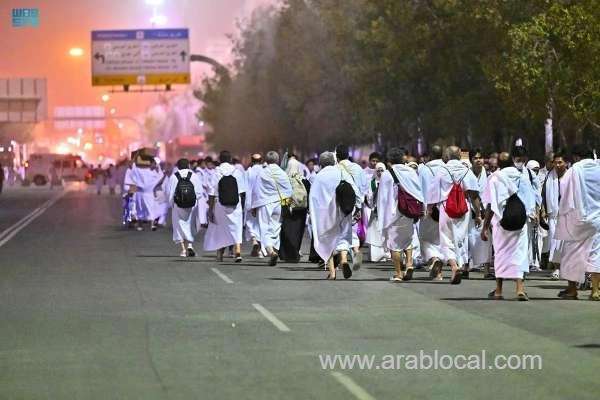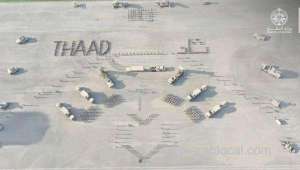As dawn breaks on the ninth day of Dhul-Hijjah, the Arafat plain is ready to welcome the influx of pilgrims for the Day of Arafat, a pinnacle of the Hajj rituals. Pilgrims will ascend Mount Arafat, seeking tranquility and divine mercy.
On Saturday morning, pilgrims will move from Mina to Arafat for the major ritual of standing (Wuquf). Here, they will combine and shorten the noon and afternoon prayers before moving on to Muzdalifah for the night, and then returning to Mina to continue their Hajj rites.
Spanning approximately 33 square kilometers, Arafat hosts over two million pilgrims annually. The Saudi government consistently demonstrates its capability to accommodate even greater numbers, providing comfort, security, and exemplary service.
Arafat's geography is characterized by its flat terrain, surrounded by a chain of mountains. To the north lies Mount Rahmah (the Mount of Mercy), featuring a small, flat-topped hillock formed from large and hard black stones. The hill, about 300 meters long and 640 meters in circumference, rises 65 meters above the surrounding area and is topped by a 7-meter pillar. This hill is known by several other names, including Jabal Ilal, Jabal At-Tawbah (Mount of Repentance), Jabal Ad-Du'a (Mount of Supplication), An-Nabit, and Jabal Al-Qurain.
Pilgrims look forward to standing by "Mount Rahmah" in Arafat, emulating the Prophet Muhammad, peace be upon him, who delivered his Farewell Sermon there. They engage in fervent prayers and supplications, hoping for mercy and forgiveness from Allah.
Namirah Mosque in Arafat, the second largest mosque in the Makkah region after the Holy Mosque, has witnessed significant expansions during the Saudi era, particularly under King Abdulaziz bin Abdulrahman. The expansions, costing 237 million riyals, extended the mosque's length to 340 meters east to west and its width to 240 meters north to south, covering an area of over 110,000 square meters, including an 8,000 square meter shaded courtyard. These enhancements have increased the mosque's capacity to accommodate approximately 400,000 worshippers. The mosque features six minarets, each 60 meters high, three domes, and ten main entrances with 64 doors. It also houses an external broadcasting room for live transmission of the sermon and prayers on the Day of Arafat via satellite.
Constructed on the historical site where the Prophet delivered a sermon, the mosque was originally built during the early Abbasid Caliphate in the mid-2nd century AH. It is situated west of the Arafat area, partially extending into the Wadi Uranah, a valley in Makkah where the Prophet explicitly prohibited standing, stating, "I stood here, and all of Arafat is a place to stand except for the valley of Uranah."
The Ministry of Islamic Affairs has completed technical works at the mosque, including maintenance, operations, cleaning, installing luxury carpets, upgrading air conditioning and air purification systems, maintaining generators, and ensuring all services meet the highest quality standards, facilitating a serene and smooth pilgrimage for all attendees.









